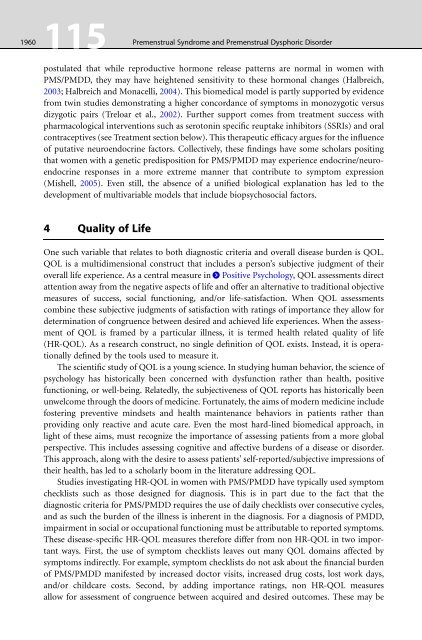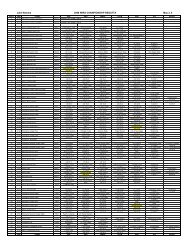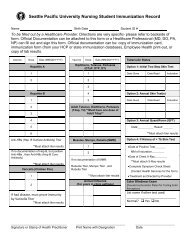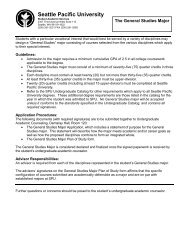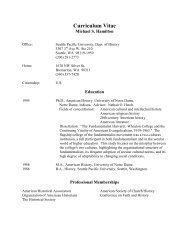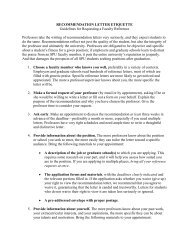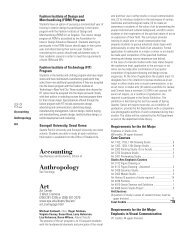115 Premenstrual Syndrome and Premenstrual Dysphoric Disorder ...
115 Premenstrual Syndrome and Premenstrual Dysphoric Disorder ...
115 Premenstrual Syndrome and Premenstrual Dysphoric Disorder ...
Create successful ePaper yourself
Turn your PDF publications into a flip-book with our unique Google optimized e-Paper software.
1960<br />
<strong>115</strong><br />
<strong>Premenstrual</strong><br />
<strong>Syndrome</strong> <strong>and</strong> <strong>Premenstrual</strong> <strong>Dysphoric</strong> <strong>Disorder</strong><br />
postulated that while reproductive hormone release patterns are normal in women with<br />
PMS/PMDD, they may have heightened sensitivity to these hormonal changes (Halbreich,<br />
2003; Halbreich <strong>and</strong> Monacelli, 2004). This biomedical model is partly supported by evidence<br />
from twin studies demonstrating a higher concordance of symptoms in monozygotic versus<br />
dizygotic pairs (Treloar et al., 2002). Further support comes from treatment success with<br />
pharmacological interventions such as serotonin specific reuptake inhibitors (SSRIs) <strong>and</strong> oral<br />
contraceptives (see Treatment section below). This therapeutic efficacy argues for the influence<br />
of putative neuroendocrine factors. Collectively, these findings have some scholars positing<br />
that women with a genetic predisposition for PMS/PMDD may experience endocrine/neuroendocrine<br />
responses in a more extreme manner that contribute to symptom expression<br />
(Mishell, 2005). Even still, the absence of a unified biological explanation has led to the<br />
development of multivariable models that include biopsychosocial factors.<br />
4 Quality of Life<br />
One such variable that relates to both diagnostic criteria <strong>and</strong> overall disease burden is QOL.<br />
QOL is a multidimensional construct that includes a person’s subjective judgment of their<br />
overall life experience. As a central measure in > Positive Psychology, QOL assessments direct<br />
attention away from the negative aspects of life <strong>and</strong> offer an alternative to traditional objective<br />
measures of success, social functioning, <strong>and</strong>/or life-satisfaction. When QOL assessments<br />
combine these subjective judgments of satisfaction with ratings of importance they allow for<br />
determination of congruence between desired <strong>and</strong> achieved life experiences. When the assessment<br />
of QOL is framed by a particular illness, it is termed health related quality of life<br />
(HR-QOL). As a research construct, no single definition of QOL exists. Instead, it is operationally<br />
defined by the tools used to measure it.<br />
The scientific study of QOL is a young science. In studying human behavior, the science of<br />
psychology has historically been concerned with dysfunction rather than health, positive<br />
functioning, or well-being. Relatedly, the subjectiveness of QOL reports has historically been<br />
unwelcome through the doors of medicine. Fortunately, the aims of modern medicine include<br />
fostering preventive mindsets <strong>and</strong> health maintenance behaviors in patients rather than<br />
providing only reactive <strong>and</strong> acute care. Even the most hard-lined biomedical approach, in<br />
light of these aims, must recognize the importance of assessing patients from a more global<br />
perspective. This includes assessing cognitive <strong>and</strong> affective burdens of a disease or disorder.<br />
This approach, along with the desire to assess patients’ self-reported/subjective impressions of<br />
their health, has led to a scholarly boom in the literature addressing QOL.<br />
Studies investigating HR-QOL in women with PMS/PMDD have typically used symptom<br />
checklists such as those designed for diagnosis. This is in part due to the fact that the<br />
diagnostic criteria for PMS/PMDD requires the use of daily checklists over consecutive cycles,<br />
<strong>and</strong> as such the burden of the illness is inherent in the diagnosis. For a diagnosis of PMDD,<br />
impairment in social or occupational functioning must be attributable to reported symptoms.<br />
These disease-specific HR-QOL measures therefore differ from non HR-QOL in two important<br />
ways. First, the use of symptom checklists leaves out many QOL domains affected by<br />
symptoms indirectly. For example, symptom checklists do not ask about the financial burden<br />
of PMS/PMDD manifested by increased doctor visits, increased drug costs, lost work days,<br />
<strong>and</strong>/or childcare costs. Second, by adding importance ratings, non HR-QOL measures<br />
allow for assessment of congruence between acquired <strong>and</strong> desired outcomes. These may be


